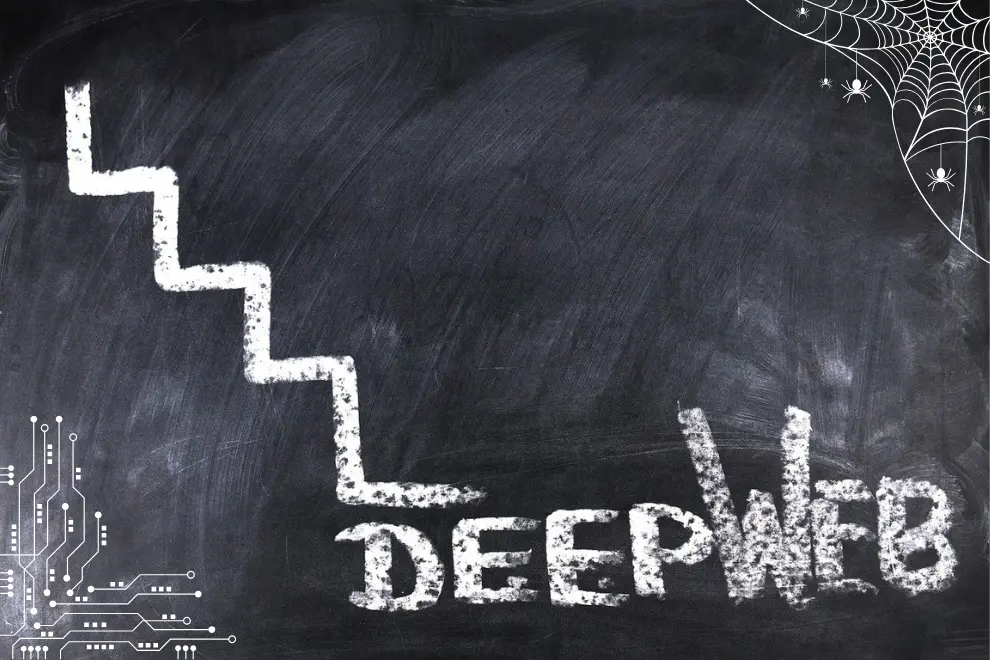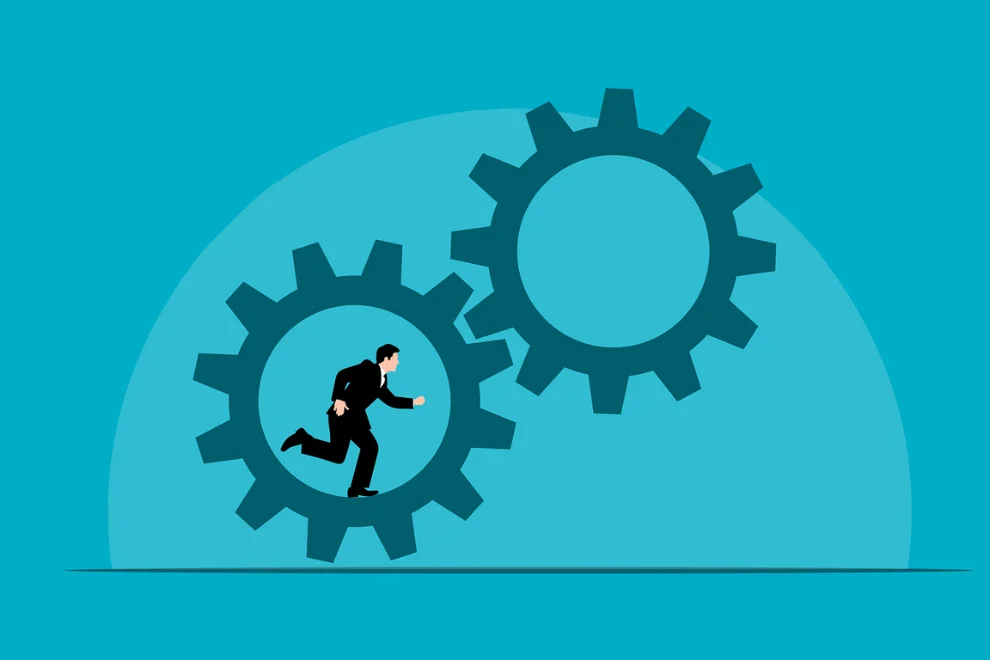The internet, often perceived as a vast and boundless entity, is far more intricate than it appears on the surface. Beneath the visible Layers of the Web. we access daily lies a labyrinth of concealed networks and content. This layered structure of the web is typically categorized into three primary levels: the Surface Web, the Deep Web, and the Dark Web. Each serves a unique purpose, ranging from openly accessible information to confidential data and anonymous interactions. Let’s delve deeper into these levels to understand their significance, usage, and implications.
1. Surface Web: The Tip of the Iceberg
The Surface Web, often referred to as the visible web, encompasses all content indexed by traditional search engines like Google, Bing, and Yahoo. It’s the part of the internet that is readily accessible to anyone with a browser and an internet connection. This level includes websites like:
- Social media platforms (e.g., Facebook, Twitter, Instagram)
- News portals (e.g., BBC, CNN)
- E-commerce sites (e.g., Amazon, eBay)
- Blogs, forums, and publicly available documents
Characteristics of the Surface Web:
- Accessibility: Content is indexed and easily searchable through search engines.
- Transparency: There’s no requirement for specialized software or permissions to access this content.
- Volume: Despite its ubiquity, the Surface Web comprises only about 4% of the entire internet.
Limitations:
The Surface Web is just the “tip of the iceberg.” While it’s vast and convenient, it represents a fraction of the total digital content available. Most information lies hidden beyond this layer, inaccessible through standard search methods.
2. Deep Web: The Hidden Majority
The Deep Web refers to all online content that is not indexed by conventional search engines. This level encompasses a wide range of data that requires specific permissions or credentials to access. Examples include:
- Password-protected websites
- Private databases (e.g., medical records, academic archives)
- Internal corporate networks
- Subscription-based services (e.g., paid research journals, streaming services)
- Dynamic pages that are generated in real time
Characteristics of the Deep Web:
- Security: Much of the Deep Web consists of sensitive or private information that’s protected behind login credentials.
- Size: The Deep Web is significantly larger than the Surface Web, accounting for an estimated 90-95% of the total internet.
- Purpose: It’s primarily used for legitimate purposes, such as business operations, academic research, and secure communication.
Applications:
- Healthcare: Patient records and confidential medical data are stored in the Deep Web to ensure privacy.
- Education: Academic institutions use the Deep Web to store research papers, e-libraries, and educational resources.
- Finance: Online banking systems and financial transactions operate within this layer to protect sensitive information.
Misconceptions:
Layers of the Web, While the term “Deep Web” often evokes mystery, it’s important to note that the majority of this layer is legal and ethical. It is the backbone of the internet’s secure infrastructure.
3. Dark Web: The Veiled Realm
The Dark Web is a small portion of the Deep Web, distinguished by its intentional concealment and restricted access. It is home to encrypted websites and services that can only be accessed using specialized tools such as the Tor browser or I2P (Invisible Internet Project).
Characteristics of the Dark Web:
- Anonymity: Users and site operators rely on advanced encryption to maintain anonymity.
- Restricted Access: Requires specific software, configurations, or authorizations.
- Decentralization: Unlike the Surface and Deep Web, the Dark Web operates outside the jurisdiction of traditional internet governance.
Activities on the Dark Web:
The Dark Web is often portrayed negatively due to its association with illicit activities. While it does host illegal marketplaces, hacking forums, and black-market services, it also serves legitimate purposes, such as:
- Whistleblowing: Platforms like SecureDrop allow whistleblowers to share sensitive information anonymously.
- Free Speech: In oppressive regimes, the Dark Web provides a haven for activists and journalists to communicate and share information without fear of censorship.
- Privacy: Some individuals use the Dark Web to safeguard their privacy from invasive surveillance.
Risks and Challenges:
- Illegal Activities: The anonymity of the Dark Web enables illegal activities, such as drug trafficking, counterfeit goods, and cybercrimes.
- Cybersecurity Threats: Users are at risk of encountering malicious software or scams.
- Ethical Concerns: Balancing the benefits of anonymity with the potential for misuse remains a complex issue.
4. Other Layers of the Web: The Speculated Abyss
Beyond the Dark Web, some theorists propose the existence of additional layers, often referred to as the “Marianas Web” or other obscure levels. These are largely speculative and shrouded in myth. Claims include:
- Marianas Web: Alleged to contain the most confidential and powerful information on the internet, accessible only with quantum computing or advanced decryption methods.
- Closed Networks: Highly secure, private networks used by governments, militaries, or secret organizations.
While intriguing, most of these claims lack credible evidence and often blur the line between fact and fiction.
Navigating the Layers: Ethical and Practical Considerations
Understanding the web’s structure is essential for navigating it responsibly. Here are some practical tips for exploring these layers:
For the Surface Web:
- Stick to reputable websites and verify sources.
- Use strong passwords and secure connections to protect your data.
For the Deep Web:
- Ensure you have proper authorization before accessing private or restricted content.
- Be cautious about sharing sensitive information online.
For the Dark Web:
- Proceed with extreme caution and use reliable security tools.
- Avoid engaging in illegal activities or accessing suspicious websites.
- Familiarize yourself with local laws and ethical guidelines.
Layers of the Web

The web is a multilayered construct that caters to a variety of needs, from open communication to confidential data storage and anonymous interaction. While the Surface Web is the most visible and widely used Layers of the Web, the Deep Web plays a critical role in securing sensitive information. The Dark Web, though often misunderstood, highlights the complexities of anonymity and freedom in the digital age.
By understanding these levels, we can better appreciate the internet’s intricacies and use it responsibly. Whether you’re an average user, a researcher, or a cybersecurity enthusiast, recognizing the boundaries and potential of each layer ensures a safer and more informed online experience.


